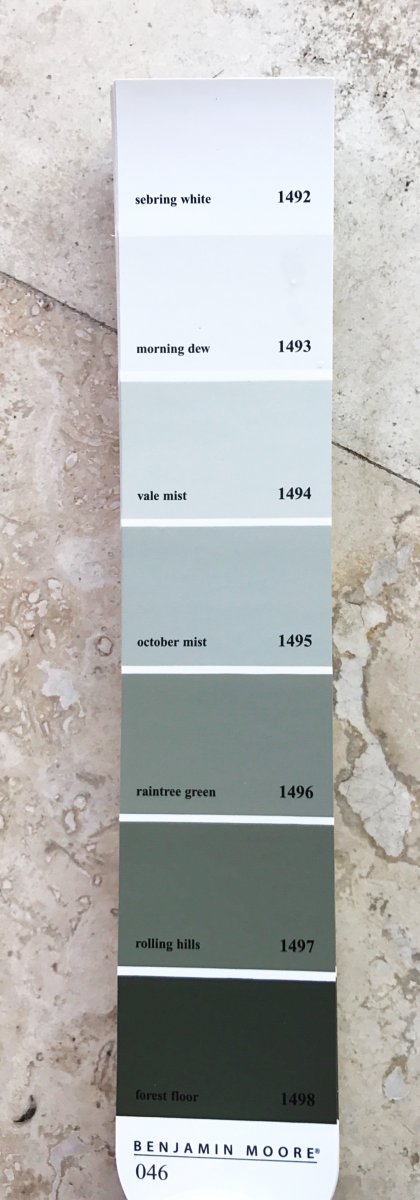
watch your tone!
I was in a popular department store recently rummaging through area rugs. I told the well-meaning sales dude I was looking for a gray rug. He showed me several and I found one that appealed but it was wrong for the job. "This is pretty, but the gray is the wrong tone", I muttered. He replied, "Oh gray is a neutral color." He then proceeded, " It goes with everything."
HOW 'BOUT NO?
My head started spinning and my tongue bled from biting it so hard! (insert overly dramatic re-enactment here) Some of the most challenging rooms I have put together have been a monochromatic gray design scheme! And the reason for that is, drumroll, please...
mass tones & undertones
"Whenever a color is made by mixing two or more colors together, that color will have both a mass tone and an undertone. The mass tone is what you see first; it’s what tells you the color is red, blue, green and so forth. The closer the undertone is to the mass tone, the truer the color will appear. So a true red will have a mass tone and undertone that are very similar, but magenta will have a blue undertone, while poppy will have an orange undertone." - from Sherwin Williams
Translation: Any old gray just doesn't go with everything. There are cool grays and warm grays and green grays and purple grays. That all has to do with the colors mixed to achieve that hot and trendy "Bougie Gray" you picked up. It looked great in the magazines and on the card but not so much on your wall. I am using gray as my example but this is true for all colors. Except for primary colors, of which you have a whopping choice of three. Knock yourself out. Take the below paint card for example:
Look at the top color. Sebring White. Looks like a mighty fine white to use in your home. I mean white is white, right? But travel down the card and you can really start seeing how that innocent, perfect white really has a green undertone. Each iteration of that color becomes progressively darker and progressively greener. The undertones become more evident. In fact, if you're unsure of the undertone your paint choice has, just move your eyeballs down the color card and there you have it. Sometimes the undertones are difficult to see by eye and this trick is the money.
Another trick is to hold your color next to a pure white sheet of paper or board. This helps to put the color in perspective and makes those undertones more apparent.
So back to my gray, monochromatic room...I had to make sure that walls, flooring, bedding, art, and drapery all had undertones that jived. The gray rug that I thought was pretty had a cool blue undertone and would clash with my warm gray palette. Gray is not gray.
Are you picking out paint colors for your home? If, so, I hope I have helped a bit. If you're still unsure as to color choices for your home, call us. We will come help you out.
(786) 769-3455









